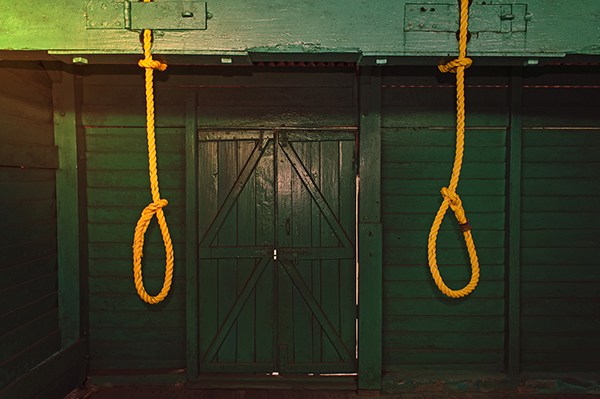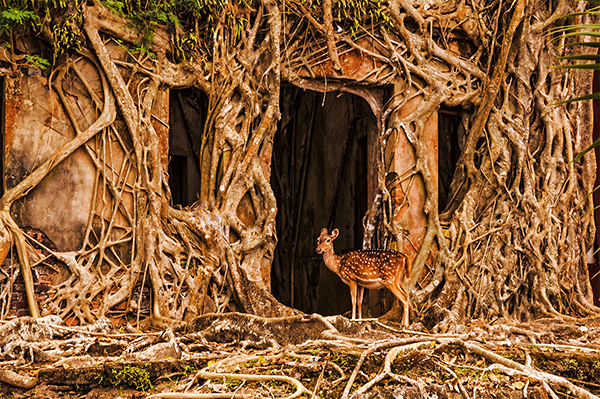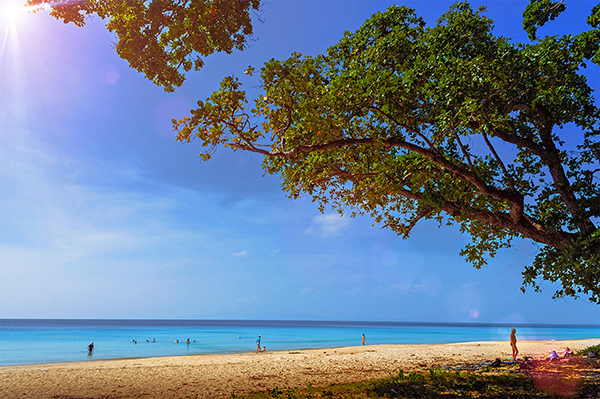The Maharaja’s Dilemma
In 1902, Madho Singh, the Maharaja of Jaipur was losing sleep ever since he had been invited to the Coronation of King Edward VII, Emperor of British India. Usually an honor to be invited to England, he was faced with an epic dilemma. Not to attend would invite the Emperor’s wrath, but to cross the ocean or Kalapani would lead to loss of caste, ostracism and the prospect of eternal damnation as decreed by the Hindu court priests.
Taboo against crossing the oceans had been in force since the 17th Century. Although, only a few centuries ago, seafarers of South India’s Chola kingdoms routinely crossed the Indian Ocean to trade with, spread religion and to set up colonies in far flung places such as Bali, Cambodia and Thailand. Later, the arrival of white foreigners like the Dutch, the French, the Portuguese and the English and the devastation they caused, convinced the Hindus that foreign devils lived across the seas and contact with them must be avoided as far as possible. Thus the taboo of Kalapani became part of mainstream religion.
Back in Jaipur, the King’s dilemma was finally resolved by the court priests proclaiming that the king must carry the sacred water of the Ganges with him, to be used exclusively for drinking and bathing throughout the trip. Three enormous silver vessels preserved to this day in the Jaipur palace bear testimony to the power of the curse of Kalapani.
The Penal Colony
The cost of depriving a nation of its freedom is to constantly police it, put down uprisings and jail the leaders. After colonizing India, the British needed a secure place for political prisoners, much like the French Devil’s Island and the Panamanian Coiba Island. The British chose the Andaman Islands at the juncture of Bay of Bengal and the Andaman Sea. Apart from the 1200 kilometers of stormy waters separating these islands from the mainland, the curse of Kalapani would also act as both a punishment and a deterrent. The original penal colony was set up in 1867 on Viper Island, very close to Port Cornwallis, the largest island in the chain that housed the British garrison. The killer of British Governor General Lord Mayo was hanged here. Viper island was named after HMS Viper the ship used by Lt. Archibald Blair to reach the island chain.
Port Blair and the Cellular Jail

Following the Indian Munity in 1857, the influx of prisoners from India was too large for Viper Island. So, the British garrison shifted to nearby Ross Island. Port Cornwallis was renamed Port Blair and a large cellular jail build on it to house almost 700 prisoners. There were 693 cells spread in 7 radiating blocks, three floors high. Completed in 1906, the jail compound had additional rooms for hard labor, punishment, even hanging. Today, the jail has been preserved as a monument to India’s freedom struggle. Its story is told to tourists at night through a Son et Lumiere show with a great patriotic fervor.
With the Cellular jail and the island’s beautiful beaches and friendly people, Port Blair is quite a favorite destination for tourists. The island is connected to mainland India (Kolkata and Chennai) by both boat and air.
A Foretaste of Independence
Port Blair made history for another reason. When the Japanese advanced towards India in WWII, they occupied the Andaman Islands to secure their seaward flank. The British garrison surrendered in January 1942 and the prisoners in the cellular jail were freed. In December 1943, Port Blair was handed over to Netaji Subhas Chandra Bose who had allied with the Japanese to fight for India’s independence. The flag of the Indian National Army was unfurled on Port Blair. The 300 Sikh soldiers of the garrison joined the Indian National Army and were shifted to Burma. The civilians were left behind on the island.
However, this foretaste of independence was short lived. When the British reoccupied the Andaman islands, they were actually welcomed because the occupying Japanese had treated the Indians on the island poorly, many starving to death. The Japanese occupation has left behind some interesting monuments, some of which are on Ross Island close by.
Ross Island and the Japanese Bunker

Ross Island became the home of the British garrison when they were shifted out of Port Blair. Barracks, officer’s quarters and offices and other facilities were built. However, following a Malaria epidemic and a devastating earthquake that damaged many buildings, Ross island was abandoned in 1941. Today there is a small Indian naval base on the island and some Japanese built bunkers that guard the harbor mouth. However, the real attraction is the ruins of the garrison overgrown with trees, looking much like the ancient Ta Phrom temple of Cambodia. Trees, bricks and mortar seem to support each other in close embrace and at a dark doorway a spotted deer may lurk.
Havelock Island and Radhanagar Beach
As one tires of jails, torture, Japanese invasion and other disquieting traumas, relief is only some 50 miles across the Andaman sea in Havelock island. Named after Sir Henry Havelock, the liberator of Kanpur after the Indian Mutiny, the island is promoted for eco-tourism, scuba diving and for its beaches. Of these, Radhanagar beach is rated as one of the best in Asia. While home-stays are popular for back-packers, higher end hotels provide more creature comforts.

If the menacing shadow of the hangman’s noose intrudes upon your thoughts as you leave the islands behind, think instead of a pastoral scene in which wild deer and peacocks graze in harmony together with domestic goats and chicken on Ross Island and think also of the flashing smile of the little boy on Radhanagar beach selling souvenirs to tourists. Your gloom will surely lift!
–
Jayant Neogy – Been traveling and photographing a while. Still learning!
Thanks, Scott!
A large jar, similar to the one in Jaipur forms the most visible exhibit at the entrance to the Maharaja’s palace in Mysore. Probably the idea spread from Maharajah to Maharajah. Your story of the Japs in the Andamans reminds me of what the lately lamented Lee Kwan Yew wrote of the Japanese who had occupied Singapore when he was still a boy.. He said that they were very filthy and treated the local like dirt.(I was given to read his autobiography by Bibi). The fact that the Japs had handed over the Andamans to the INA was made much of by the British during the subsequent infamous INA trials in Delhi’s Red Fort. Funnily enough, these undertrials remained prisoner for a while even after India had become independent, and agitation by political parties like the Forward Block of Bengal saw them finally released.
Jayantada, thank so much for sharing these lovely stories and images from your travels…. we hope to follow in your footsteps soon, as we did to Egypt.
Meanwhile, keep travelling and keep these pieces coming 🙂
KALYANI
Fascinating insights into a formidable period of history, by a writer whose abiding interest in presenting historical facts with accuracy, succeed in making his research eminently readable. Added to that, the evocative photographs captured by the sensitive eye of his camera, make for, always, a compelling article.
Thank you.